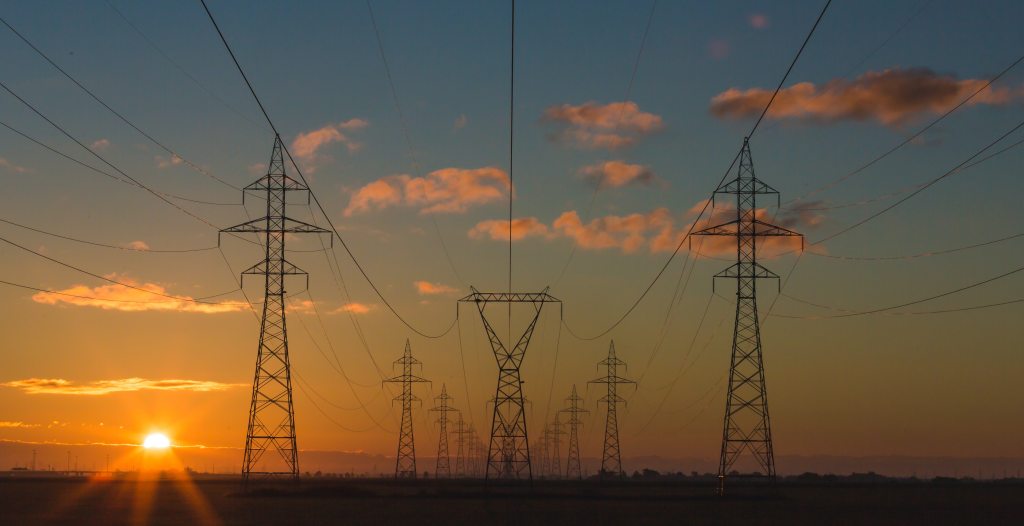This is an Eval Central archive copy, find the original at cense.ca.

Whether it is strategy or wellbeing programming, we all rely on energy to make them work. There is a tendency in organizational behaviour consulting to focus on the cognitive qualities of decisions, change-making, and action. These qualities are things like our thoughts, ideas, and confidence in doing something. Sometimes they are about emotions. What’s often missing is what converts all of this into action: energy.
Yet, it’s our ability to convert our thoughts and manage our emotions that determine our ultimate success with efforts to change. Without energy, we can’t move from intent to action.
Energy Assessment
When we speak of energy we refer to the capacity to convert thoughts, sensations and emotions into intentions, designs, and actions. This is our ability to sense, dream, hope, plan and take action toward a goal.
This is a simple idea. It’s the application that is complicated. The reason for this is that we need to get in touch with what it is that we think, sense, and feel? We encourage people to think of three things in assessing energy:
Thoughts: What are we thinking about? What is holding our attention? Where does our mind, our attention, and focus wander?
Sensations: What are we feeling, hearing, or experiencing in our body? Where are we feeling it? What is capturing our sensations like touch, feel, sound (even taste)? This is as much about our physical energy as it is our body reacting to the world around it.
Emotions: What are our feelings? Where and how do we feel about things?
These questions shape our energy stores – the amount of energy we have available. Thoughts, feelings, and sensations in their quantity and intensity all require energy to attend to. The more we have and the more intense they are, the more we need to manage this in order to convert energy into action.
They are attractors that draw us toward or away from something. These attractors can also help us to clarify our strategic intent and what we’re really interested in. Our efforts at change, wellbeing, and innovation fail when we misalign our intent and desires with our energy. Pay attention to where you pay attention.
Energy matters because it is what converts our interests into actions. A good sense of what gives and draws energy helps us to determine the attractors that pull or push us to and from things.
Energy Stores and Design
Another important concept in energy assessment is recognizing that sometimes we don’t have much energy. It takes time to ‘top-up’ our energy stores after they’ve been depletion. A highly emotionally charged experience can deplete our energy stores. This is even more salient when we have a prolonged intensive experience (e.g., consider the COVID-19 pandemic, a stressful merger etc., a personal injury).
Design is shaping what is to come with intent. When we follow energy our designs are best when they account for what energy we have and what energy we need to make the design a reality. This approach means that we take energy into account as one of the materials of design.
Launching a strategic change initiative requires that we consider building up energy stores as part of our design process. Leading an exhausted, depleted workforce requires specific strategies. It requires flexibility, modelling, work redesign, and compassion (among others). This is before we even create a specific strategy, plan, or prototype.
We argue for doing check-ins on energy stores — looking at people’s thoughts, feelings, and sensations — regularly throughout the process. This can be done in many ways and doesn’t have to be formal or complicated. Simple check-ins will work. Doing this will allow us to determine if we have the energy to fuel the change we want.
Our human energy is a part of our designs and the limiting factor in making our changes real.
We work with organizations to help them change, grow, and heal. If you want help in creating a culture of innovation and wellbeing in your organization, let’s grab a coffee and talk about your needs.
Image Credit: Matthew Henry on Unsplash
The post Organizational Energy Priorities (For Humans) appeared first on Cense Ltd. .